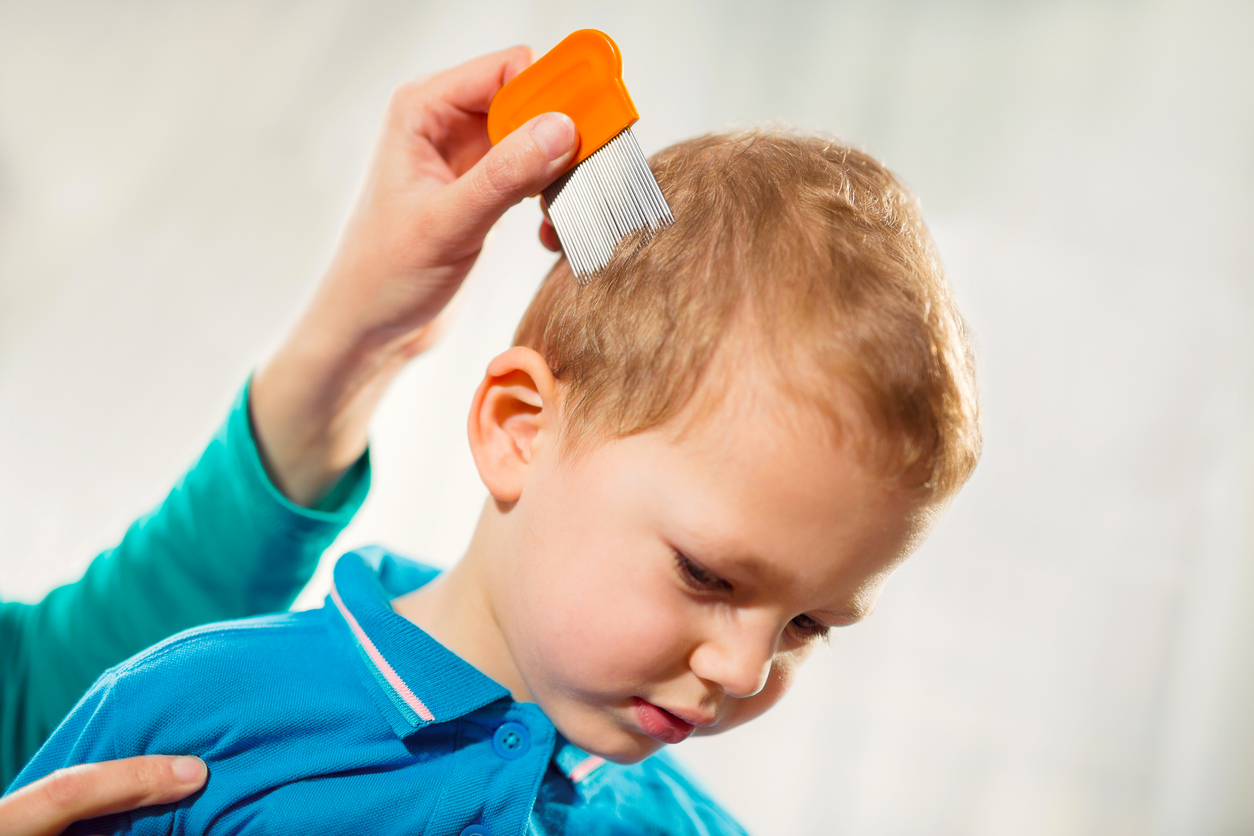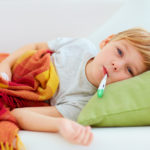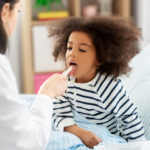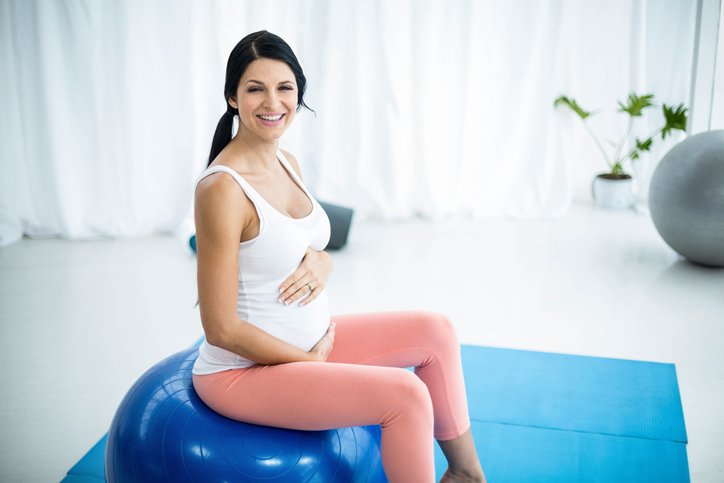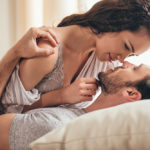Short Answer: Head lice (while gross) are not dangerous and do not spread disease. They are itchy and uncomfortable, however, and can also be passed through person to person contact, so you want to take action to get rid of them right away.
You get the dreaded call from the school…there’s a lice outbreak, and your kid has been infested. Ugh! Don’t worry, you’re not alone. Six to 12 million kids in the U.S. get head lice each year. Yeah they’re gross, but they aren’t really harmful. The biggest problem is that lice today have become resistant to over-the-counter treatments, so you may need to step up your delousing campaign.
Just What The Heck Are Lice Anyways?
Head lice happens when an individual’s scalp is infested with pediculus humanus capitis (the human head louse). It’s a little grey-white insect. A female louse lives for about a month and can lay 7-10 eggs per day (called nits). The nits attach to the base of the hair near the scalp and will hatch in approx. 8 days.
How Did My Kid Get It?
Head lice is spread through direct person-to-person contact. Your child must have come in contact with an infected person’s hair, clothing, bedding, brush or comb. Lots of people with head lice don’t have symptoms, and don’t even know they have lice. When symptoms do happen they include itching and irritated skin on the scalp, neck, and ears. With careful examination, you can see head lice and nits on the head of an infected person which is how they are diagnosed.
How Do I Get Rid Of It?
First off, take a deep breath and don’t panic. It’s best to approach the removal of head lice as if you were a general, you’re going to want to fight this war on several fronts. You need to kill not only the adult lice, but the nits as well. These little suckers have evolved to live in hair, so they can be tricky! It may take more than one treatment over a period of weeks to finally remove all traces of them.
First thing you’ll need to get is a fine-toothed special lice comb (you can buy one at a drugstore). No matter what kind of lice-killing medicine or product you use, combing and nitpicking are essential to ensure you’ve gotten every last egg and bug. You’re going to comb the hair section by section with this comb to remove lice and nits. You may want to use a magnification light to find any strays you may have missed.
Medications To Treat Lice:
There are two ways to go with lice treatment, the medication route or the natural treatment route. If you choose to use medication, lice is typically treated with an over-the-counter permethrin containing product (like Rid, Pronto, or A-200). Pyrethrum, the active ingredient, comes from chrysanthemum flowers. Pyrethrins attack the nervous system of live lice, but this treatment doesn’t always work with the new strain of lice that has become resistant to the toxin.
For more resistant strains of lice, there are a variety of prescription medications you can get from your doctor such as spinosad, topical Benzyl alcohol, or ivermectin. Whichever medication you use, follow directions carefully and watch for signs of allergic reaction. You may need a second treatment in 7-10 days to kill any lice that manage to survive the first round.
Natural Remedies:
If you want to avoid insecticides, there are several natural remedies you can try – though they may be more time consuming and require more diligence. One involves wet-combing with a lubricant (such as olive oil, mayo, or conditioner). You wet the hair, comb the product through with your special lice comb diligently for 15-30 minutes removing all lice and nits. This process needs to be repeated every 3-4 days for two weeks to ensure you get it all.
You can also simply shave your child’s head (particularly if it’s a boy) and remove all nits with a comb. Or cover the head and scalp overnight with a shower cap to suffocate the buggers. Wash the next morning and comb for nits. Repeat the cap, wash and comb cycle until no more nits appear.
Another option is to hire a professional delousing service (yes, it’s a thing). That’s how pervasive lice is! These services offer effective, non-toxic treatments performed by professionals. You can ask your school for a recommendation, or check out the National Association of Lice Treatment Professionals website for a pro near you.
How Do I Get Lice Out Of My House?
To prevent reinfestation, all clothing, towels, bedding, pillows, hats, hair brushes, stuffed animals, etc. (anything that came in contact with the infected person’s head) must be treated. Wash in hot water and dry on the hot setting. If it’s something that can’t be washed, like a toy, seal it up in a plastic zip-lock bag for two weeks to make sure all the little critters are dead.
